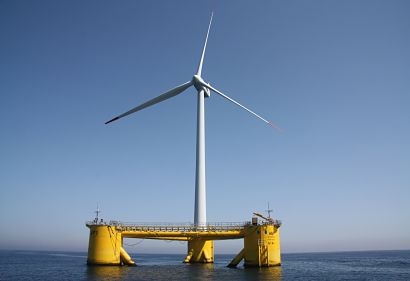
Clean energy consultancy K2 Management has forecast an increase in both partnerships and OEM acquisitions as investors look to secure supply chain confidence.
Following the success of early projects such as Hywind, 2021 has been characterised by increased confidence in floating wind’s position in the world’s offshore renewable energy future. Floating projects are now being rolled out in Ireland, France, and Asia-Pacific, but in order to move beyond the R&D phase and into full-scale commercial deployment, the technology, and with it the supply chain, must be consolidated as per conventional offshore foundations previously.
“Holistic structures that comprise a specialised turbine and base will certainly be on the floating wind menu in future, but turbine manufacturers are just not considering developing the floating-specific turbines that will be key to this next step tech at present” said Will Sheard, Director of Analysis and Due Diligence, K2 Management. “The big OEMs are cautious about taking on R&D risk, particularly at three-to-five turbine demonstrator scale; they want the proven track record of their existing turbine models with minor adjustments to fit a floating base provided by another supplier. But this attitude is forcing the risk and R&D pressure elsewhere – and now we have as many base concepts as we do base OEMs. Base OEMs are typically smaller businesses without the balance sheet to drive convergence of design and therefore commercial scalability. In order to achieve floating wind at the required scale, however, investors need confidence in the supply chain - and there are potential procurement risks in having such a disparity of options available from highly specialised firms. To boost broader investor confidence in the sector, funding and consolidation will be critical.”
Mr Sheard added that there must be an increase in both OEM acquisitions and technology partnerships and that to secure the future of floating wind in the next decade, K2 is expecting to see an increase in larger players – including many from the diversified O&G industry with experience working with floating substructures – acquiring smaller base manufacturers, therefore providing the balance sheet backing that will support the transition to commercial scale. This will make R&D conversations between turbine manufacturers and base manufacturers equitable, and accelerate development of complete, connected, commercially viable floating wind structures.
K2 Management delivers complex engineering, planning, project management, and due diligence services across the full project value chain
For additional information:

